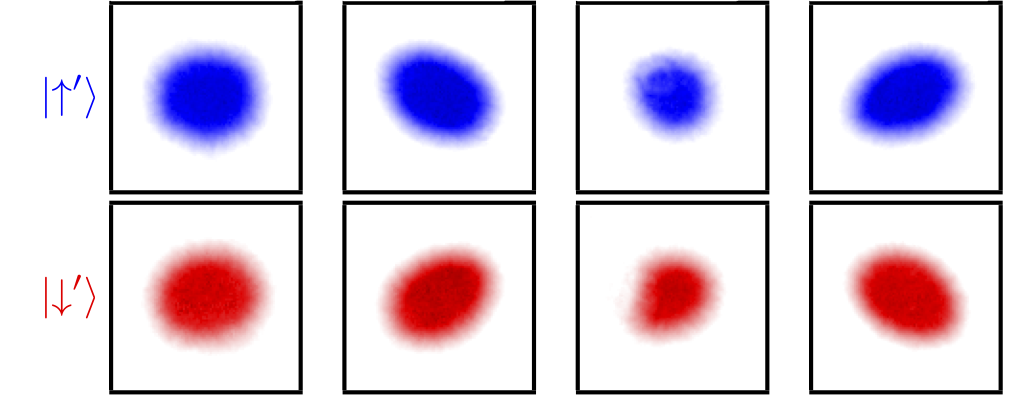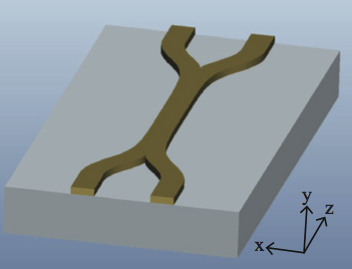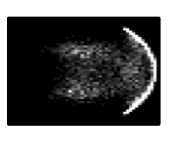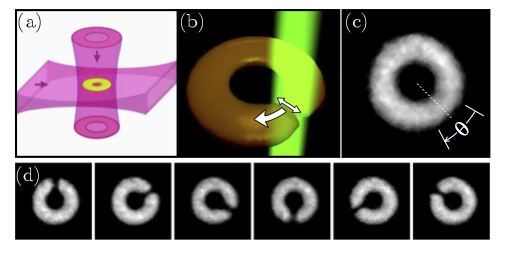Ian elected a fellows of the APS
Citation: For innovative and pioneering work in quantum phenomena at the intersection of atomic and condensed matter physics, using quantum simulation with ultracold atoms, including the use of optical interactions to create artificial electromagnetic fields and spin-orbit coupling.




